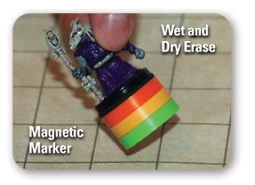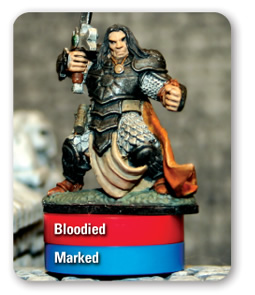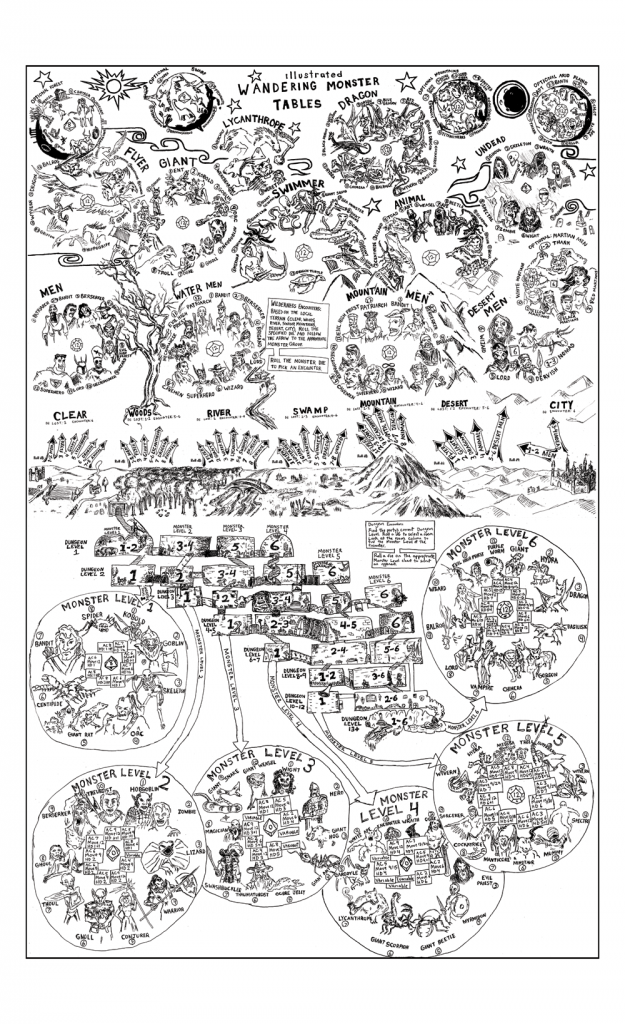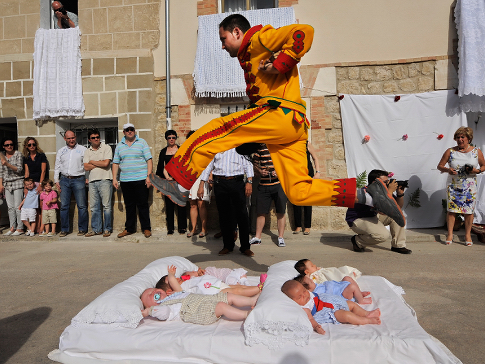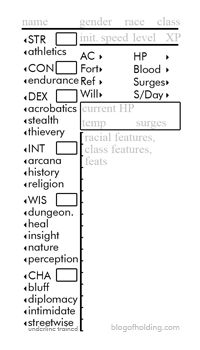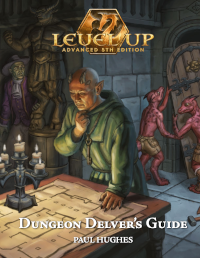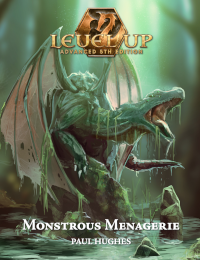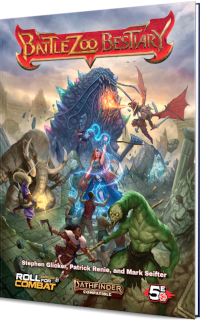Monday I talked about re-introducing copyable spell scrolls into 4e D&D, so that PC wizards can drool over the possibility of raiding a rival wizard’s library and finally learning Acid Arrow. This is fine, but it’s sad for non-arcane classes, who don’t learn their attacks from scrolls. It would be cool if the other power sources had ways to learn improved versions of their attacks, in ways that supported their flavor. Here are my ideas.
Expanded spellbook and rare spells for divine classes
Wizards and their friends aren’t the only seekers after lost knowledge. Divine classes, like clerics and paladins, should be able to earn alternate prayers, but it doesn’t make as much sense for them to find them in the library.
I see divine classes gaining powerful versions of at-will prayers by completing holy pilgrimages: visiting the cathedrals of the campaign world and praying at the relics of saints. Each large city might contain a cathedral to each of the major gods, each of which contains its own relic. Each relic might grant a boosted form of a specific at-will spell: for instance, in Greyhawk’s Cathedral of Kord, the hammer of St. Nimbus might grant a +1-per-tier damage bonus to the Storm Hammer power.
While the pilgrimages required to boost at-wills are well known, those required for encounter and daily powers are secreted in hidden shrines in dungeons and in the wilderness. These shrines can be discovered randomly, as a form of treasure analagous to the scrolls of the arcane classes.
Martial classes
Fighters, rogues, rangers, warlords, and other martial classes usually learn new and improved powers from trainers. A great duelist might teach an improved version of Sly Flourish : it does +1 damage if the attacker has high ground.
Some ancient martial moves can be learned from manuals. Each manual teaches one move, and is no longer than 80 pages, because martial types can’t usually finish a book that’s longer than that.
Finally, if your fighter doesn’t want to constantly consult gurus and books, improved powers can be taught by opponents. Elite monsters who use the same power as a fighter might be using an improved version. By seeing it in action, the fighter might learn the improved technique. (This makes martial classes into a sort of Final Fantasy blue-magic specialist.)
Other power sources
Primal classes probably gain new abilities through rites of passage. The barbarian, for instance, has a laundry list of tasks he needs to accomplish in order to unlock new daily powers: killing a dragon, for instance, or winning a wrestling match against a tree spirit. After the task is accomplished, the character needs to have a druidic rite performed (typically involving tattooing or branding) to unlock the new ability.
I don’t really understand the shadow source very well, but it seems to involve death. Shadow characters might have to find the lingering spirits of ancient emperors and cursed wizards and convince them to give up their secrets. This might involve pilgrimages to ancient ruined palaces, haunted houses, or cities in the shadowfell. Or, hey, just go to Hogwarts! There’s like 50 ghosts in there.
Psionic training probably involves traveling to Dagobah and finding a Jedi master.



